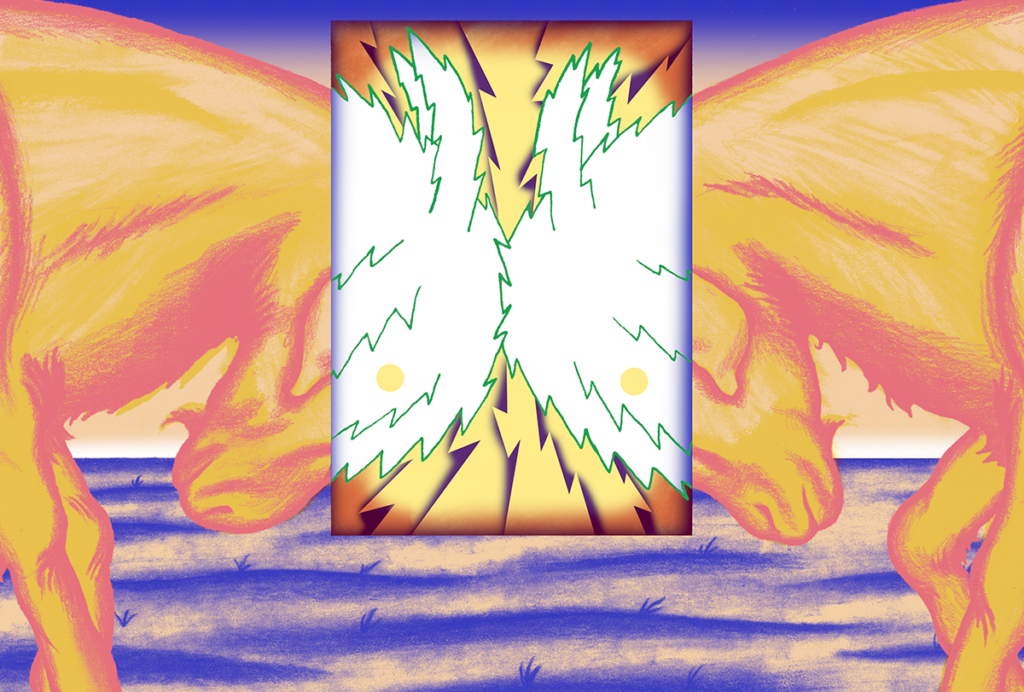Dr. Kendra Thomson is an Associate Professor in the Department of Applied Disability Studies and a Doctoral-level Board Certified Behaviour Analyst. She completed a post-doctoral fellowship at York University with Dr. Jonathan Weiss, the CIHR Chair in Autism Spectrum Disorders Treatment and Care Research. Dr. Thomson earned her Ph.D. in Applied Behaviour Analysis from the University of Manitoba in 2011, her MA in Lifespan Development (Psychology) from Brock University in 2007, and her honours undergraduate degree in Psychology from the University of Manitoba in 2005.
Kendra Thomson
Associate Professor
heconversation.com/institutions/brock-university-1340
From this contributor
Training caregivers can help keep autistic children safe
Behavioral skills training helps ensure that people with autism not only understand a new safety skill but are able to perform it accurately.

Training caregivers can help keep autistic children safe
Explore more from The Transmitter
Cracking the neural code for emotional states
Rather than act as a simple switchboard for innate behaviors, the hypothalamus encodes an animal's internal state, which influences behavior.

Cracking the neural code for emotional states
Rather than act as a simple switchboard for innate behaviors, the hypothalamus encodes an animal's internal state, which influences behavior.
Alex Maier argues that a scientific explanation of consciousness requires grounding in formalized mathematics
When it comes to discovering laws of nature for consciousness similar to those in physics, Maier argues that integrated information theory is the only game in town.
Alex Maier argues that a scientific explanation of consciousness requires grounding in formalized mathematics
When it comes to discovering laws of nature for consciousness similar to those in physics, Maier argues that integrated information theory is the only game in town.
Neuro’s ark: How goats can model neurodegeneration
Since debunking an urban legend that headbutting animals don’t damage their brain, Nicole Ackermans has been investigating how the behavior correlates with neurodegeneration.

Neuro’s ark: How goats can model neurodegeneration
Since debunking an urban legend that headbutting animals don’t damage their brain, Nicole Ackermans has been investigating how the behavior correlates with neurodegeneration.